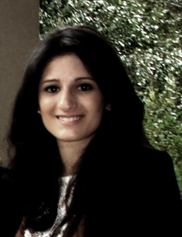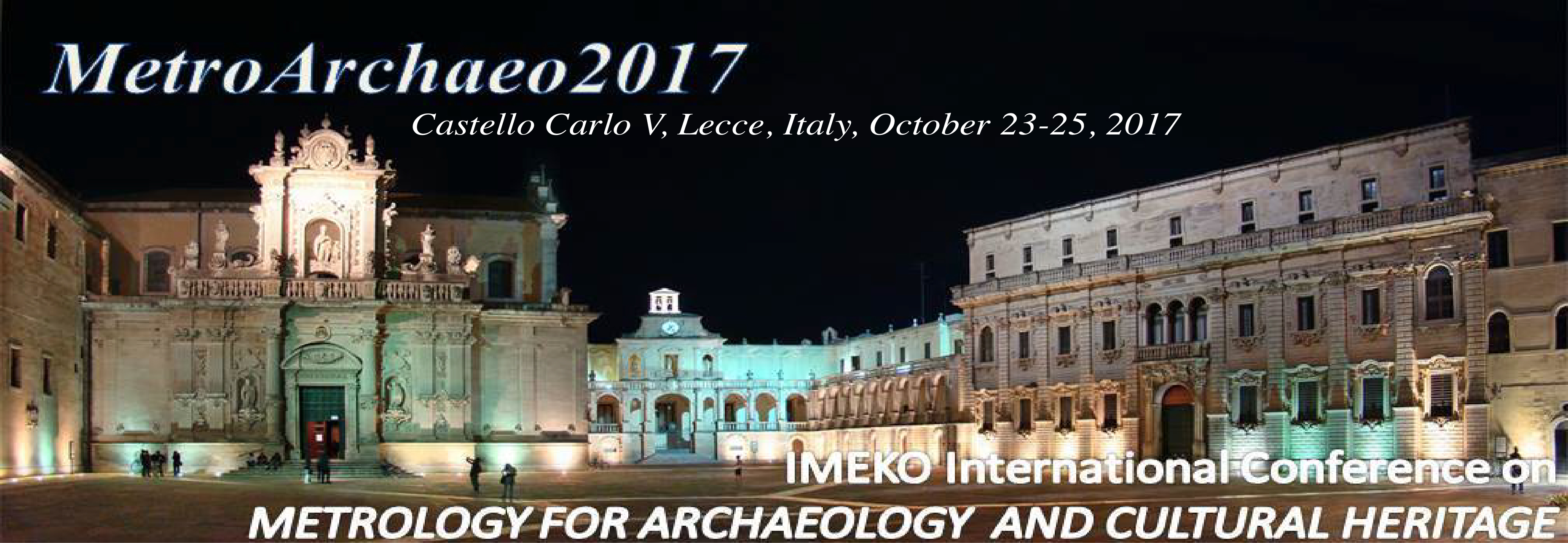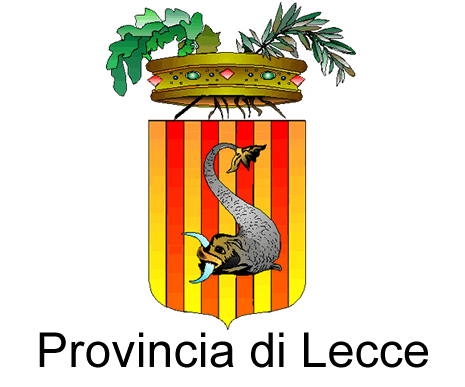Process and Method Innovation for Cultural, Archeological and Landscape Heritage
ORGANIZERS
 Giovanna Mangialardi
Giovanna Mangialardi
University of Salento
Email: Questo indirizzo email è protetto dagli spambots. È necessario abilitare JavaScript per vederlo.
Giovanna Mangialardi is a Ph.D. Student in Complex System Engineering, Department of Engineering for Innovation of the University of Salento (Italy). Her actual research is focused on Building Information Modeling (BIM), Product Lifecycle Management (PLM) and Product Service System (PSS). In 2014 she won a fellowship to the DiCeT-Inmoto Project on the “ORganization of Cultural HEritage for Smart Tourism and Real-time Accessibility”. She collaborated to the "P.R.I.N. Recycle" Project; with the Centre for Urban Policy Studies, named "Urban@it" and to the Regional and Strategic Research Project, named ECOURB. She also has expertise in planning and development of urban territorial strategies and urban tools (GIS) for the landscape design acquired as a result of her work at the municipal (PUG of Martina Franca - TA) and regional (PPTR of Puglia Region) plans. Since 2013, she has been collaborating to didactic activities of Urban Planning at the Polytechnic of Bari, Faculty of Architecture. She is author of several articles exploring the field of the planning and the management. She received her master’s degree in Architecture and Building Engineering from Polytechnic of Bari in 2011.
Abstract
The deep knowledge and consequently the preservation and valorization of Cultural, Archaeological and Landscape Heritage are influenced by the methods and technologies used for the collection, interpretation and validation of data, measurements or other collected information, still now traditional, obsolete or oriented to a single phase of the process.
The automatization and optimization of the processes of survey, drawing and design, enabled by new technologies and innovative approaches, allow a more accurate storage of 2D and 3D graphical and textual information, a more efficient and clear heritage representation, a more direct communication and valorization of the results, and a more integrated approach.
Therefore, new processes, measurement methods and techniques could facilitate a more correct relief, restructuring, restoration and valorization, thanks to the deeper knowledge and a more organized management oriented to the entire heritage life cycle, avoiding unexpected risks, reducing time and cost.
The special session main goal will be to analyze innovative methodologies and new technologies, like Geographic Information System (GIS), Building Information Modeling (BIM), Business Process Management (BPM), Virtual Reality (VR), etc., applied to the cultural, archaeological and landscape heritage, by highlighting benefits, opportunities and the strengths, but even possible difficulties of their diffusion. Case studies with interdisciplinary approaches are welcome.
























